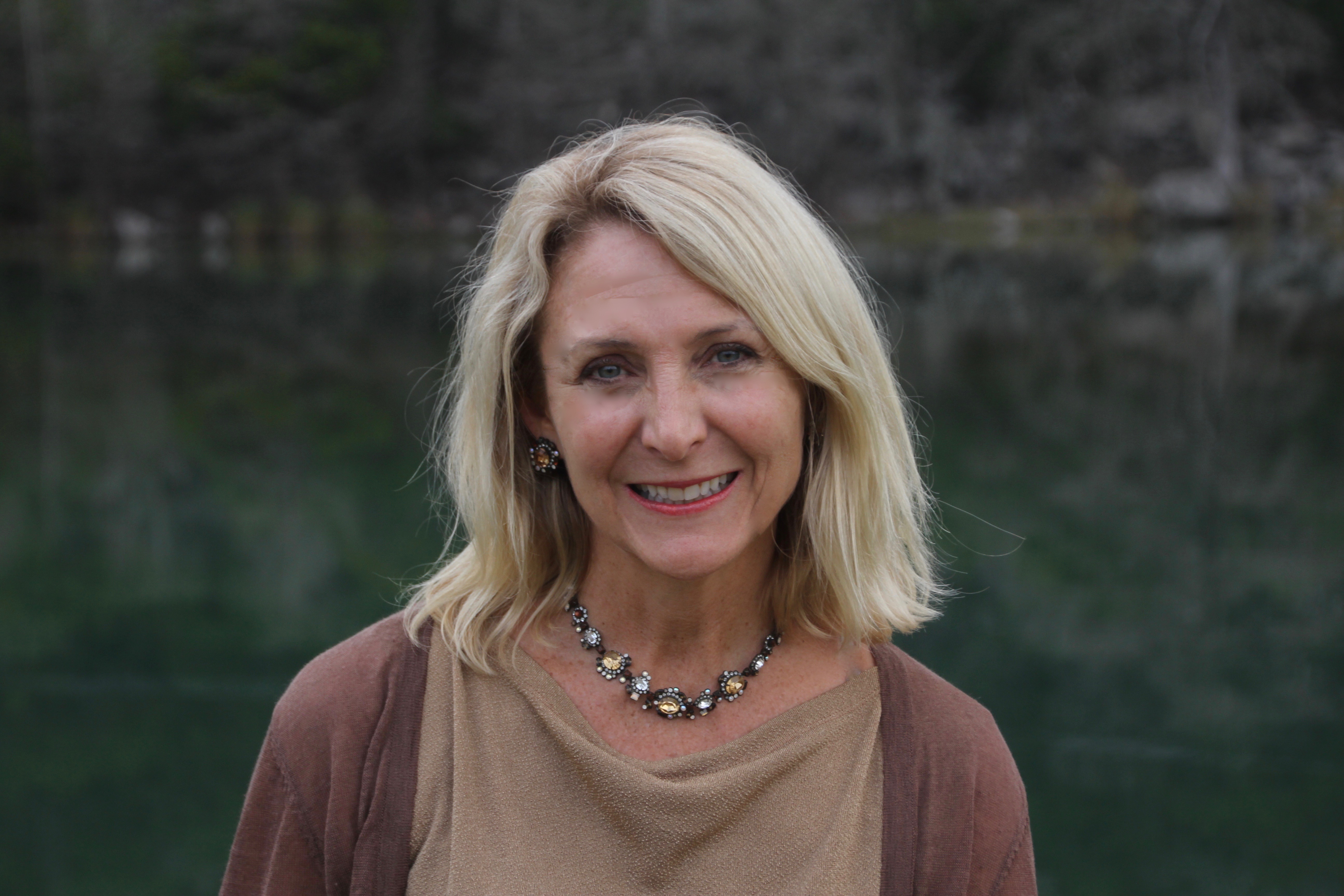- Resource Center
- Professional Development
- Articles & Videos
- Coaching: The Wrap Up
14 November 2022
| by i3 Coaching
Coaching: The Wrap Up

Sign up for our newsletter on globalization and localization matters.
This coaching 101 series has covered:
- Top three positive messages about coaching.
- Top three uncomfortable components of coaching.
- How goal setting is different in coaching.
- What really happens in a coaching session.
This fifth and final article about when and how coaching concludes.
When: The duration of a coaching engagement
Coaching comes in a variety of shapes, sizes, and time spans.
1. The jumpstart: 3-6 Months
- To get “un-stuck,” to get traction or acceleration.
- To assess values and align priorities.
- To maximize motivation and accountability.
- To jump back in as needed; former clients revisit with new goals, new roles, new challenges.
2. The corporate investment: 6-12 months
Contractually the company is the “sponsor” and the “client” is the individual being coached. In accordance with ICF coaching ethics and as defined by contract confidentiality with the “client” is maintained. These engagements are highly prized with a wait list of candidates in the internal L&D pipeline to replace those who complete coaching.
3. The corporate special project: 1-2 sessions
Senior executives sponsor an issue driven group session with a mini-coaching package for each attendee. This combines economy of scale in a group setting with the experience and possibilities of 1:1 coaching.
4. The partnership: Years
Growth is a never ending journey. Clients engage across multiple roles and organizations, through new seasons of life.
How: The wrap-up meeting
Whatever the duration of the engagement, this is the final meeting agenda:
1. How do accomplishments map to engagement goals?
2. What changed because of coaching?
3. What remains in progress and/or what next?
4. What is the plan for achieving “next” post coaching?
* In corporate programs the client’s manager participates in the final meeting. Ideally coaching continues in new forms. a) The client will utilize their manager as a coach. b) Clients inevitably become better leaders of their own teams, incorporating coaching methodologies into their own management style.
* Long term clients reset goals each year. Some pick a “theme” for the year to illuminate purpose and passion.
The meeting wrap is a value assessment. In some cases there is a clear ROI calculation, or measurable outcome. But often energized intentions and unleashed possibilities are less clearly captured on a financial spreadsheet. I was once told by a CEO that the single measure of engagement success was retention of a valued employee careening toward burnout. Whatever the case, though engagements “end” personal growth is never complete. Clients go forth with a posture of curiosity and an “opportunity lens.”
Do you want to contribute with an article, a blog post or a webinar?
We’re always on the lookout for informative, useful and well-researched content relative to our industry.

Shelly Priebe
Since 2010 Shelly has consulted and coached companies of all shapes and sizes, ever finding herself in the midst of disruption. COVID made disruption the norm; It impacted the way people think about life and work and priorities. As the “Future of Work” is being reimagined Shelly works with companies and leaders to author their parts in the story. She delivers IPEC's Core Energy Coaching™ methodology to create awareness and shifts in the energy that feeds thoughts, emotions, and actions. She is also certified in Insights Discovery™ and Energy Leadership Initiative™ assessments. These days Shelly elevates her “inner introvert” as she relishes more time in her Tree House office overlooking Lake Austin. Her dogs rejoice that their daily trail runs are not too frequently interrupted by her travel. While she wears many hats, “Mom” of four age range 14 to 28 is her favorite, and she recently added the title of “Gogo” with the birth if her first Grandchild in 2021.


